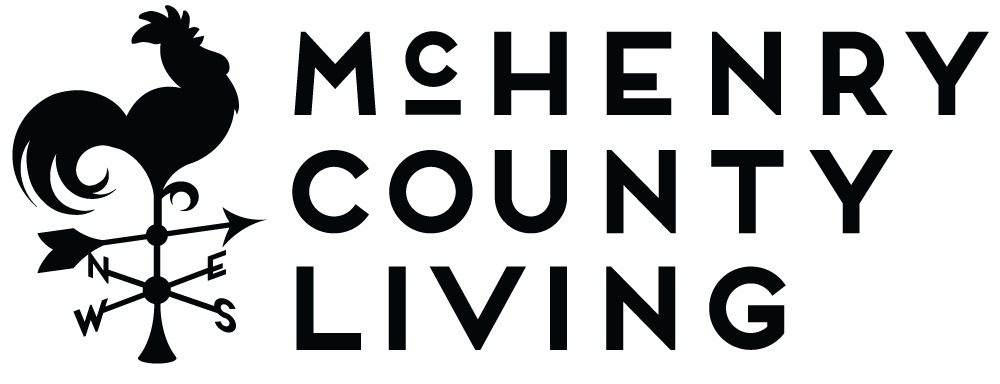New Year’s History & Trivia
Why we toast with Champagne, sing “Auld Lang Syne” and other New Year’s trivia.
Balloons begin to fall from the ceiling as the clock strikes midnight during the 1957 New Year's Eve party hosted by the Woodstock Moose Lodge.
Bubbly’s Beginnings – As New Year’s Eve evolved from a religious festivity to a secular one, the concept of a drink “fine enough for the gods” became intertwined with champagne’s reputation as a celebratory extravagance.
What’s Popping? – Only sparkling wine made in France’s Champagne region can be dubbed Champagne.
Pass the Aspirin – More than 360 million glasses of sparkling wine are consumed in the U.S. each New Year’s Eve.
Foods of Fortune – Auspicious foods for your New Year’s Eve table include grapes, greens, legumes, pork, fish and cakes.
New Year, New You – At the end of the Great Depression, about a quarter of American adults formed New Year’s resolutions. At the start of the 21st century, that number jumped to around 40 percent.
Seeing Red – In Italy, people wear red underwear on New Year’s Day to bring good luck all year long. Find other countries’ New Year’s traditions here.
For Auld Lang Syne – “Auld Lang Syne,” sung to celebrate the start of the New Year, originated as a poem by Scotland’s favorite son Robert Burns in 1778. The title loosely translates as “for (the sake of) old times.”

